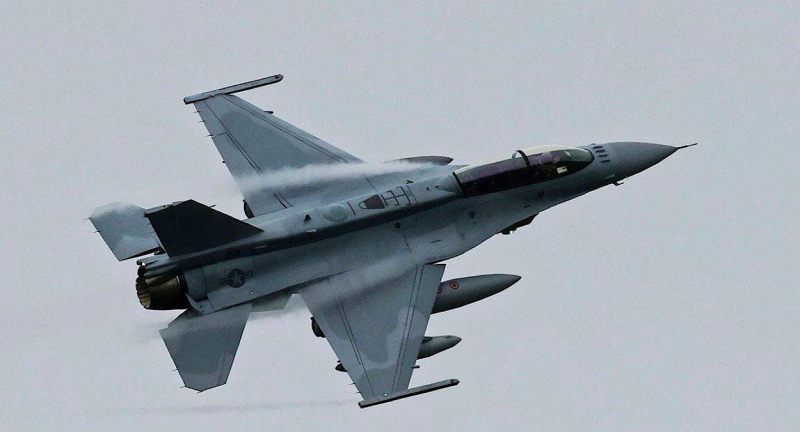Main points
- American engineers proved that the F-16 fighter jet was capable of shooting down a ballistic missile, but the project was closed due to low chances of success in real combat.
-
Technical problems included the need for the aircraft to be close to the launch point and the speed of the missile, which made interception risky.

F-16 fighter jet / Associated Press
American engineers have proven that the F-16 fighter is really capable of shooting down a ballistic missile. But despite the success of the tests, the project was closed, because in a real battle there was almost no chance of repeating this.
Channel 24 reports on this with reference to Defence Express. Back in the 2000s, American engineers were able to shoot down a ballistic missile from an F-16 fighter jet as part of the NCADE experimental program.
How the F-16 Could and Couldn't Become an Anti-Missile Shield
At that time, the US wanted to create a cheap means of intercepting ballistic missiles at the initial stage of flight – immediately after launch, when the missile is still gaining altitude. For this, they proposed using existing platforms: F-16, F-15, F/A-18 fighters, and later even the F-22 and F-35.
The main “highlight” was the NCADE missile, which was created on the basis of the well-known AIM-120, supplemented with a new homing head.
In 2007, a ballistic missile was shot down during a test: an F-16 fighter fired two AIM-9X missiles equipped with NCADE elements. The result proved that such an idea was technically possible.
But then several critical problems emerged. First, in order to intercept the missile at the acceleration stage, the aircraft must be very close to the launch point – at first they talked about a radius of 160 kilometers, but later it turned out that even less is actually needed – about 50 kilometers.
Secondly, at this altitude the missile accelerates so fast that the “window” for interception lasts only a few minutes. This made the idea too risky: the pilot might not have time to react, and the aircraft itself would be at risk of being hit.
Ultimately, American experts came to the conclusion that although the project was technically successful, it was ineffective from a military point of view and too difficult to use in real combat. Therefore, the program was closed due to lack of prospects and progress.
Now the US has taken a different path. For example, the AIM-174B missiles (the air version of the SM-6) have a different concept – they operate according to a classic scheme and can shoot down not only ballistic missiles, but also hypersonic ones, without requiring the fighter to be literally “near” the launch site.

